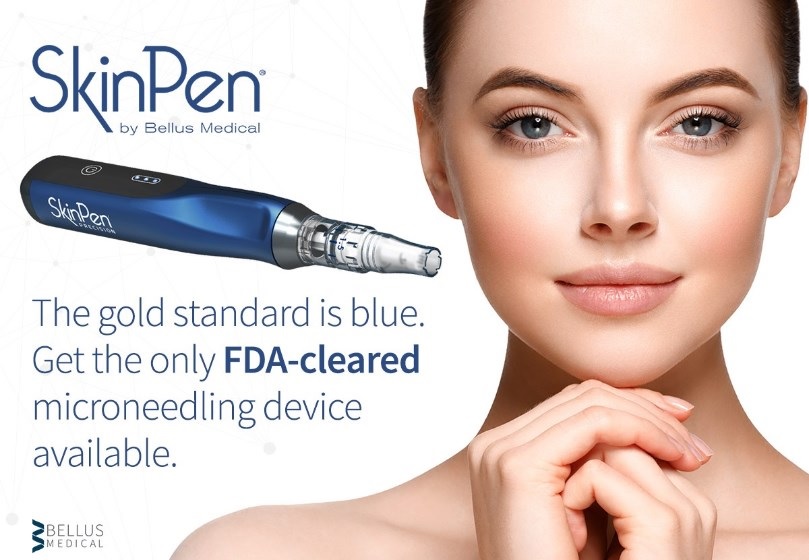Skin rejuvenation treatments have gained popularity in the past few years, many women and men looking to maintain healthy skin and a youthful appearance. Laser and microneedling are two of the better skin treatments. Many patients ask us ‘what’s the difference? Which one’s better?’. It’s important to know that the two treatments can be used to complement each other, not replace each other. Deciding between the two will depend on the concern being treated and the goals of the individual.
What is laser?
Laser devices emit light energy of a single frequency (or colour). There are many different types of laser for different purposes. At About Face Brisbane, we use the following lasers: Erbium (fractional and full beam), different types of Nd:YAG, Diode and KTP. We use industry-leading lasers which are allow us to treat all skin types and several skin concerns.
Which lasers do we use for rejuvenation?
There are two lasers we mainly use for rejuvenating purposes; the individual skin type and concerns will determine which one is used. The Q-Switched Nd:YAG laser emits infrared light and green light. The energy of the laser penetrates the dermis and is absorbed by the pigment, blood, water and damaged cells in the skin. The laser causes mild inflammation and triggers the body’s healing response. As the skin recovers from this mild injury, the skin is more even, tighter and plumper.
The Erbium fractional laser delivers controlled columns of heat to the skin, removing superficial damage while leaving the surrounding tissue intact. Fractional resurfacing allows the healthy skin cells to remove the damaged tissue and repair the skin, resulting in tighter, healthier and rejuvenated skin. The body also produces new collagen and elastin to repair the skin.
What can laser treat?
Lasers can treat various skin concerns using the different types of lasers available. These include but are not limited to:
- Hyperpigmentation
- Spider veins/vascular lesions
- Aged skin
- Resurfacing
- Skin laxity
- Uneven skin tone
- Lesion removal
- Tattoo removal
- Wrinkle reduction
- Rosacea
- Melasma
- Warts
- Milia
- Freckles and moles
- Acne
- Acne scars
- Surgical scars
- Hypertrophic scars – those with (or prone to) keloid scars cannot have microneedling
- Other skin textural issues
What is microneedling?
Microneedling (also known as skin needling) is a mechanical skin rejuvenation procedure. About Face Brisbane uses the only currently TGA approved device with 14 micro needles housed in a sterile, single-use cartridge. The microneedles puncture the skin and create a series of controlled micro-injuries. These puncture marks are minor and not visible to the naked eye. These punctures stimulate your body’s natural healing response and regenerate tissue through a process called collagen induction therapy.
What can microneedling treat?
Microneedling treatments can help heal and reduce the appearance of:
- Acne scars
- Surgical scars
- Fine lines
- Wrinkles
- Enlarged pores
- Uneven skin texture
- Uneven skin tone
Key differences:
Aside from the skin concerns they treat, what are the key differences? Firstly, lasers can heat the tissue whereas microneedling won’t add any heat. Some lasers can penetrate full skin thickness for more thorough collagen induction therapy than microneedling. Microneedling is a more superficial skin tightening and rejuvenation treatment with little ‘downtime’ – you’re able to cover up the redness with makeup after 24 hours. Many of our patients alternate laser and microneedling treatments every month or two for rejuvenation and skin tightening. The question isn’t which one is better than the other, it is which one is better for what you’re trying to achieve.

